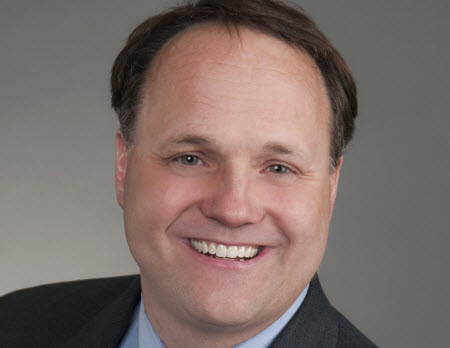All Politics Is Local — and Data-Driven

RELATED:Campaign 2016’s Early Winner: Cable | Election 2016: The Apps Campaign
Next year is shaping up to set records for local cable political advertising, just as this year has been about presidential candidates drawing historic TV audiences to their debates.
The debate-viewing phenomenon started with interest in Donald Trump and has maintained momentum for both Republican and Democratic clashes. On the ad-sales side, the growth is driven by data, data and more data.
Kantar Media has estimated political candidates will spend about $4.4 billion on TV ads in 2016, with about $3.3 billion going to cable networks and $800 million of that earmarked for local cable ads, a 23% increase from the $650 million spent on local cable in 2012.
It seems that almost every candidate, regardless of political affiliation, is recognizing the value of local cable as a vehicle to get their message out to precisely those they want to hear it. President Obama’s campaign successfully tapped Rentrak set-top box data in 2008 and 2012 to figure out which shows and networks its voters were watching.
Now, according to Rentrak president of national television Chris Wilson, there is even more data to exploit.
Some candidates buy ads during the 4:30 a.m. local news, rather than in primetime, because the earlier broadcast has a higher concentration of the voters they want to reach, Wilson said.
The smarter way to stay on top of the multichannel video marketplace. Sign up below.
Obama also taught campaigns to buy ads on multiple networks and in markets and on channels where no other spots from competing candidates are running. His 2012 campaign bought ad time on more than 100 networks, while other candidates averaged about 20 to 25.
“He went so much deeper,” Wilson said. “And he had 100% of the noise in areas where [Republican candidate Mitt] Romney didn’t run ads. Voters weren’t getting a counterpoint.”
At cable operator-owned NCC Media, director of political strategy Tim Kay said current campaigns so far are using, on average, 35 more networks than in 2011, including Food Network, HGTV, AMC and sports outlets.
In the past, local newscasts were a top priority. That isn’t necessarily the case anymore.
“They were looking for frequency and saturation in the marketplace,” Kay said. “Now, they’re looking for these nuggets of individual voters across the television networks. They’re finding they’re not watching the local news.”
Sports is a draw, especially for the live-viewing factor. Strong prospects include the NCAA men’s basketball tournament in March, typically followed in states with heated primaries, and Big Ten Network and SEC Network football in key states like Florida or Ohio ahead of the general election.
Comcast is continuing to offer household-addressable ads (currently within on-demand programs) and satellite-TV providers DirecTV and Dish Network are in the second year of D2, the household-addressable election ad program reaching into more than 20 million homes.
The 2014 races brought in ads from more than 175 campaigns, mostly in statewide races, while the two satellite-TV providers were focused on getting systems in place and raising interest, “which was easy,” Joe Hockenjos, vice president at AT&T AdWorks, said. (AT&T now owns DirecTV.)
Popular targets now include party-affiliated voters in Iowa and New Hampshire, he said. Some candidates weeks ago booked ad time via D2 in the two states right up to the New Hampshire Primary and Iowa Caucuses. Business is expected to be good at least through Super Tuesday on March 1, Hockenjos said. “For our product, it’s high, high demand,” he said.
Whereas candidates used to hold off until the primaries were coming up soon, they are booking well earlier, Kay said. During the 2014 midterm elections, some Republican candidates bought ads a year in advance.
“They’re trying to build up a message earlier to try to persuade the audiences,” Kay said of early ad buyers. “Those last few weeks that used to be about persuasion are now are about [voter] turnout.”
Kent Gibbons contributed to this story.
